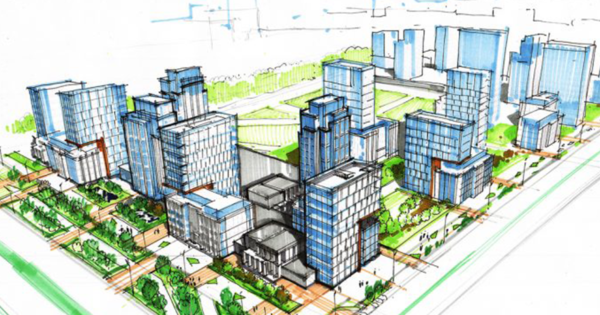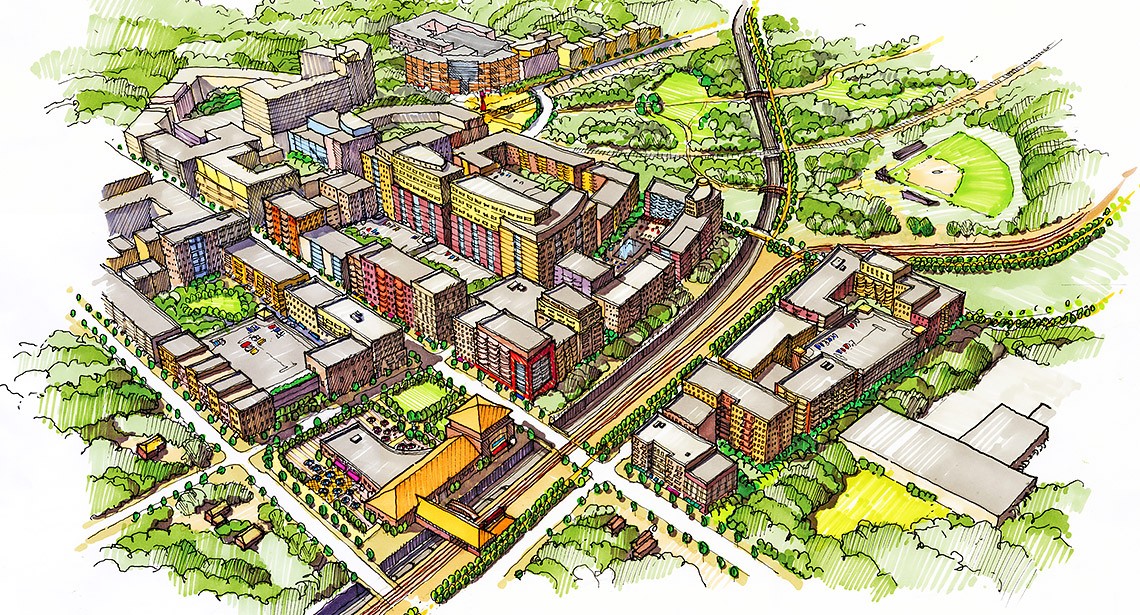Title: Integrating Civil Engineering: A Cornerstone of Urban Planning
In the intricate puzzle of urban development, civil engineering stands as a cornerstone, providing the structural foundation upon which vibrant cities thrive. From towering skyscrapers to intricate transportation networks, civil engineering plays a pivotal role in shaping the physical landscape of urban environments. In the realm of urban planning, the symbiotic relationship between civil engineering and the built environment is undeniable, with each discipline influencing and enriching the other.
One of the primary concerns of urban planning is ensuring the efficient use of space while accommodating the needs of a growing population. Civil engineers are instrumental in this endeavor, employing their expertise to design infrastructure that optimizes space utilization while enhancing functionality and accessibility. Whether it’s designing roads, bridges, or sewage systems, civil engineers meticulously plan and execute projects that facilitate the smooth operation of urban centers.
Moreover, civil engineering is essential in addressing the pressing challenges of sustainability and resilience in urban planning. With the looming threats of climate change and natural disasters, cities must adapt and fortify their infrastructure to withstand potential hazards. Civil engineers employ innovative techniques such as green infrastructure, resilient building materials, and flood management systems to mitigate risks and ensure the long-term viability of urban areas.
Transportation is another critical aspect where civil engineering intersects with urban planning. Efficient transportation networks are vital arteries that keep cities pulsating with life. Civil engineers design and implement transportation systems that alleviate congestion, reduce commute times, and enhance connectivity within urban environments. From subway systems to bike lanes, these infrastructural marvels not only facilitate movement but also contribute to the social and economic vitality of cities.
Furthermore, civil engineering plays a pivotal role in promoting social equity and inclusivity in urban planning. Access to essential services such as clean water, sanitation, and reliable transportation is fundamental to ensuring that all residents can fully participate in city life. Civil engineers work hand in hand with urban planners to design infrastructure that prioritizes accessibility and addresses the needs of marginalized communities, thereby fostering a more equitable urban landscape.
Civil engineering serves as the backbone of urban planning, providing the technical expertise necessary to transform vision into reality. Through innovative design, sustainable practices, and a commitment to inclusivity, civil engineers help shape cities that are not only functional and resilient but also vibrant and liveable. As urbanization continues to accelerate, the role of civil engineering in urban planning will only grow in significance, ensuring that our cities remain dynamic hubs of innovation and opportunity for generations to come.
The Interplay of Civil Engineering in Urban Planning
Urban planning stands as a testament to the intricate dance between human ambition and environmental constraints. At its core lies the fundamental aim of creating sustainable, functional, and aesthetically pleasing environments for inhabitants. In this grand endeavor, civil engineering emerges as a vital partner, providing the technical expertise necessary to shape the physical landscape of our cities.
One of the primary roles of civil engineering in urban planning is the design and construction of infrastructure. From roads and bridges to water supply systems and sewage networks, civil engineers are tasked with crafting the arteries and veins that keep urban centers pulsating with life. Through careful analysis of traffic patterns, geotechnical conditions, and environmental impacts, they strive to devise solutions that optimize efficiency while minimizing disruption to the existing urban fabric.
Moreover, civil engineers play a crucial role in ensuring the resilience of urban infrastructure against natural disasters and climate change. With the frequency and intensity of such events on the rise, the need for robust engineering solutions has never been more pressing. From implementing flood mitigation measures to earthquake-resistant building design, civil engineers employ a myriad of techniques to fortify our cities against the forces of nature.
In addition to physical infrastructure, civil engineering also intersects with urban planning through the realm of sustainable development. As society grapples with the imperatives of environmental stewardship and resource conservation, civil engineers are at the forefront of innovation in green technologies and practices. Whether it’s designing energy-efficient buildings, implementing renewable energy systems, or promoting alternative transportation modes, they strive to foster urban environments that are both ecologically sound and socially equitable.
Furthermore, civil engineers contribute to the enhancement of urban aesthetics and quality of life through their expertise in urban design. By harmonizing elements such as landscaping, street furniture, and public spaces, they seek to create environments that are not only functional but also beautiful and inviting. Through initiatives like complete streets and pedestrian-friendly urban layouts, civil engineers endeavor to promote healthier, more vibrant communities where people can live, work, and play in harmony.
However, the role of civil engineering in urban planning is not without its challenges. Rapid urbanization, population growth, and budgetary constraints pose formidable obstacles to the realization of our urban aspirations. Moreover, the need to reconcile competing interests and priorities – from economic development to social equity – requires a delicate balancing act that demands both technical acumen and political savvy.







